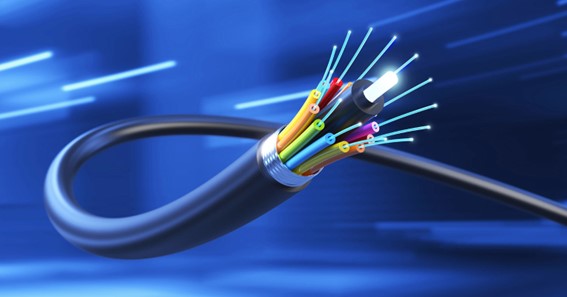Fibre-optic Internet is the future of broadband. It uses fibre-optic technology to reach the fastest rates available today, as fast as 1000 Mbps, or 1Gpbs. Broadband is important to the contemporary globe we live in. Powered by fibre optic innovation, fibre Internet is blowing its competitors out of the water. In this overview, we will cover everything you need to know about fibre internet, consisting of how it functions, as well as the challenges connected with it.
To put a new reputed broadband internet at your home/office, please visit usave.co.uk.
How Does Optical Fibre Function?
When we describe “fibre” in this guide we are discussing fibre optic internet, which is a type of fibre-optic communications. By sending a beam of light with fibre optic glass wires, we are able to transfer information with what is a truly interesting procedure.
click here – Head Shaving: Essentials, Benefits & More
Optical Fibres
Fibre wires are made up of several smaller-sized optical fibres. These fibres are slim, to be certain they are less than a tenth as thick as human hair. Though they are slim, they have plenty going on. Each optical fibre has two parts:
- The Core: Generally made from glass, the core is the inner part of the fibre, which the light passes through.
- The Cladding: Usually made of a thicker layer of glass or plastic, the cladding is twisted around the core.
These two components interact to create a phenomenon called total internal representation. Overall inner reflection is how light has the ability to move down the fibres, without escaping. It is when the light hits the glass at an exceptionally superficial angle, less than 42 levels, and shows back once more as if reflecting against a mirror. The cladding maintains the light in the core due to the fact that the plastic/glass it is constructed from has various optical thicknesses or lower refractive index. Both these terms describe how the glass flexes, i.e., refraction, as well as for that reason decrease the light.
Light is transmitted down the fibre in Laser pulses or LEDs that travel incredibly fast. These pulses carry binary data, which is a coding system that makes up everything we see online, even the words you read today. Binary code is composed of tiny bits, which are just ones, as well as absolutely nos. These little bits send out messages in organized eight-part patterns, called bytes. It is simple to translate the tiny binary into light pulses. One pulse suggests one and no pulse implies absolutely no. These pulses can travel sixty miles prior to experiencing any destruction. To carry information across hundreds of miles these pulses experience optical amplifiers that enhance their signal to make sure that no data is shed.
click here – The Five Benefits of Using NFT Cards to Enhance Collectible Experience
The Last Mile
Once the pulses reach their location, an ONT or optical network terminal transforms the light pulses into electrical Ethernet. This is how light becomes something you can utilize to link your gadgets to the internet. This conversion happens at the end of the Last Mile, which isn’t a mile whatsoever, but a term for the last stretch of fibre that attaches the customer to the backbone of the internet.
The backbone of the internet is what makes it possible for individuals across the globe to attach through the internet, as well as a lot of it is constructed from fibre optic cables. Fibre optic internet might feel like an innovation; however, it has been around given that the early days of the internet. In 1988 fibre optic cables were laid under the ocean to link the U.S. and Europe. They were the first submarine lines to be laid, and today they have broadened to crisscross the entirety of the ocean flooring.
To Know Some Great Stuff Do Visit IncludedNews
To Know Some Great Stuff Do Visit IndiaPlus
To Know Some Great Stuff Do Visit InfoDeath

